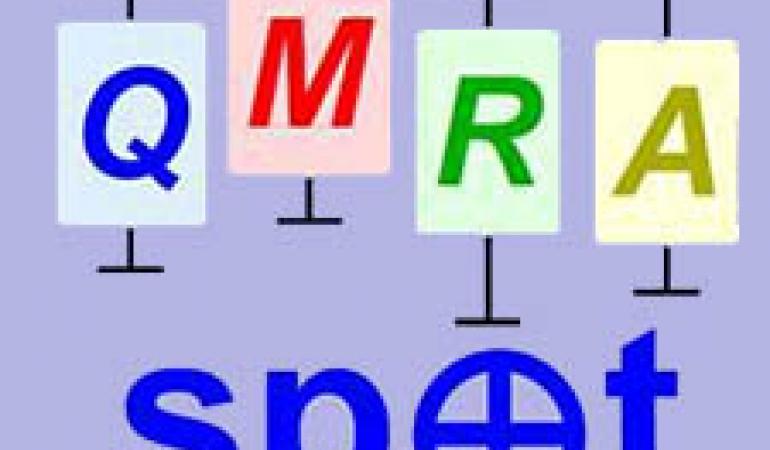
RIVM has developed a new version of QMRAspot (2.0), a user-friendly computational tool to calculate the risk of becoming infected by pathogenic microorganisms in drinking water. In addition, RIVM has published a user’s manual that also explains the underlying models for the tool.
Interactive and user-friendly
In the Netherlands, a health-based target for microbial safe drinking water is set by law at less than one infection per ten thousand persons per year. For the assessment of the microbial safety of drinking water, Dutch drinking water companies must conduct a Quantitative Microbial Risk Assessment (QMRA) every four years for the so-called index pathogens enterovirus, Campylobacter, Cryptosporidium and Giardia. In order to collect raw data in the proper format and to automate the process of QMRA, RIVM developed an interactive user-friendly computational tool, QMRAspot to analyze and conduct QMRA for drinking water produced from surface water.
International
Although developed for the Netherlands, QMRAspot can be applied
by drinking water companies, researchers and policy makers
worldwide. The manual describes in detail how data for the risk
assessments can be provided, how these data are analysed
statistically, and how the risk assessments can be conducted in a
consistent and transparent manner. The tool can be used even
without extensive knowledge about QMRA. In QMRAspot version 2.0,
the infection risk can also be estimated for one more pathogen of
free choice.